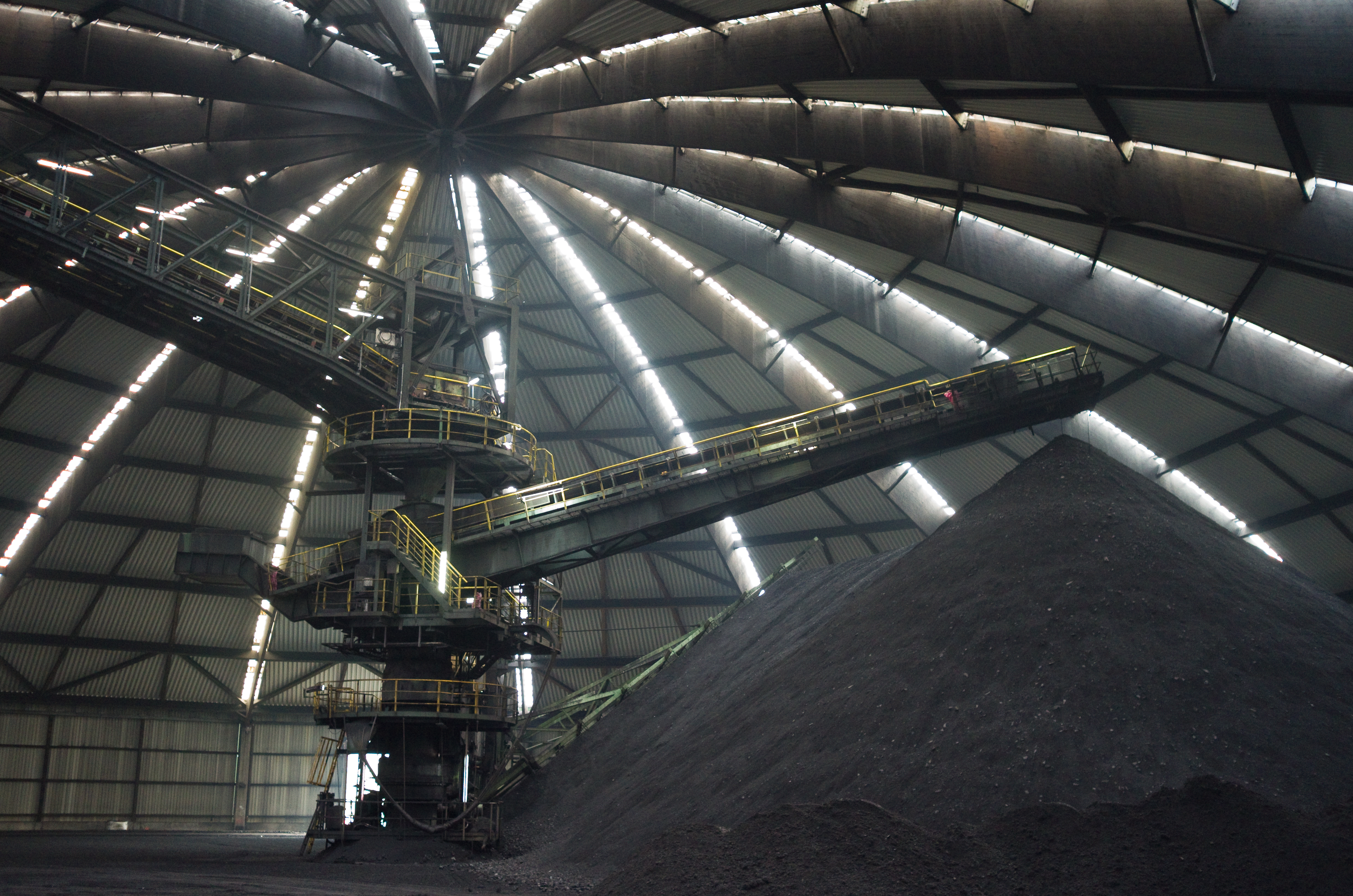In Germany, miners and others prepare for a soft exit from hard coal
A hill of coal sits under a shelter at the Prosper-Haniel coal mine. The mine is closing after 150 years.
Editor’s Note: This story appeared on air as a three-part series. Audio for part one is above, scroll down for the audio for parts two and three.
For most people, the top of the mine shaft at the Prosper-Haniel coal mine in Bottrop, Germany, just looks like a big black hole. But Andre Niemann looked into that hole and saw the future.
Part 1: No regrets from this soon-to-be-ex-miner
Niemann leads the hydraulic engineering and water resources department at the University of Duisberg-Essen, in the heart of German coal country, western Germany’s Ruhr Valley. For more than 150 years, Germany mined millions of tons of anthracite, or hard coal, from coal mines here that at their peak employed half a million miners. But that’s history now — Germany’s government decided a decade ago to end subsidies that made German hard coal competitive with imports.
Now, the last of these mines are set to close at the end of 2018, ending an industry, a tradition and a culture.
“Prosper-Haniel is really special,” Niemann says. “It’s the last mine in this region, and everyone is looking, ‘OK, what’s happening now?’”
The end of hard coal mining in Germany comes just as Germany is working to slash its CO2 emissions by replacing fossil fuels with renewable energy sources like wind and solar. The country calls it the Energiewende, or “energy transition.” But wind and solar aren’t always there when they’re needed, so a key challenge of the Energiewende is to find ways to store sun and wind energy for later use.
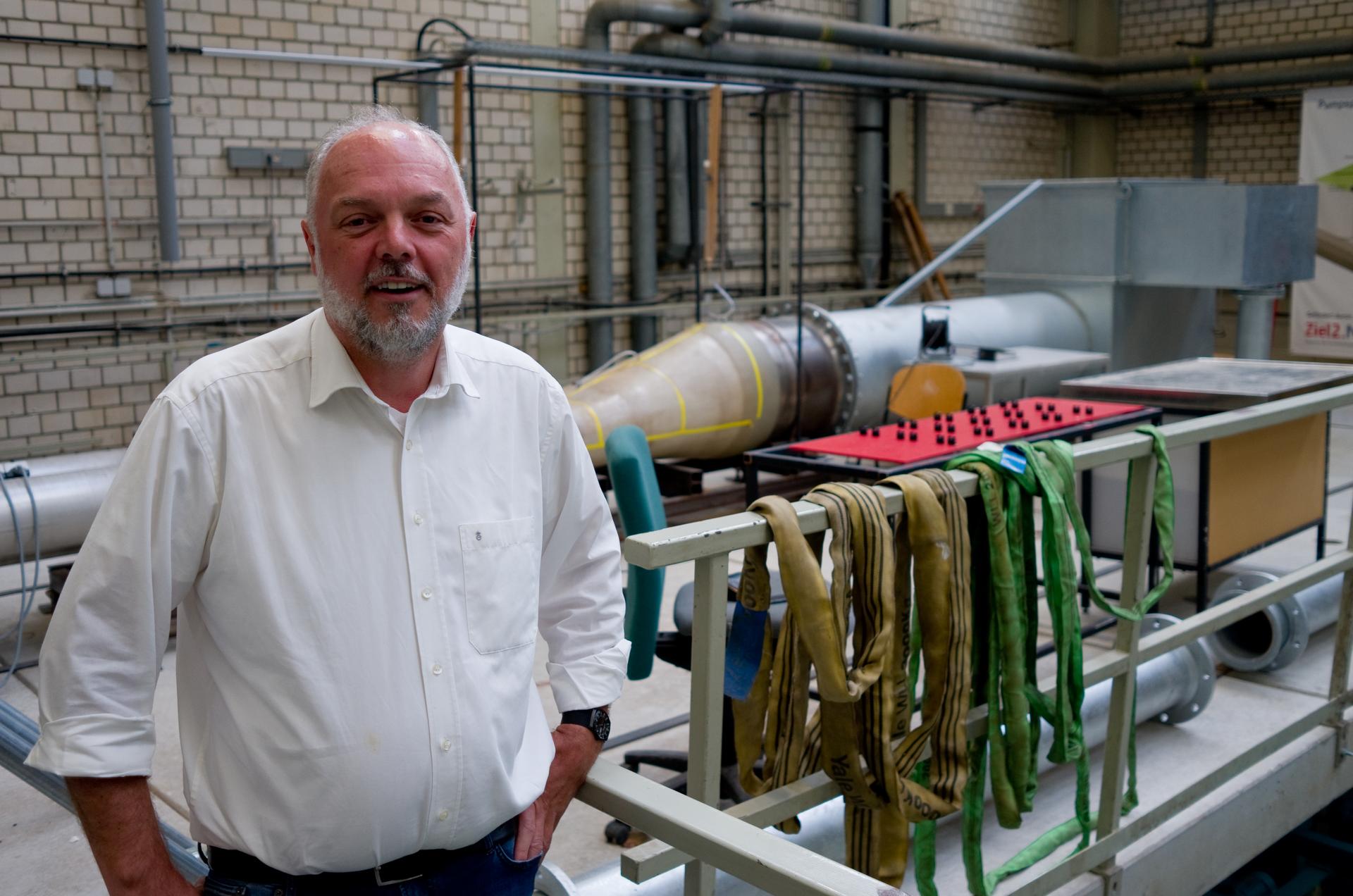
One way to do that is with a pumped energy storage system — basically a giant, water-powered battery. When the sun is shining or the wind is blowing, the excess energy is used to pump large amounts of water uphill into a reservoir. When the sun goes down or the wind dies, that excess energy can be released by letting the water flow back downhill, through turbines that generate electricity like in a hydroelectric dam.
Existing pump storage systems make use of hills or mountains for the necessary difference in altitude. But Niemann says the depth of a coal mine — like Prosper-Haniel — would work just as well.
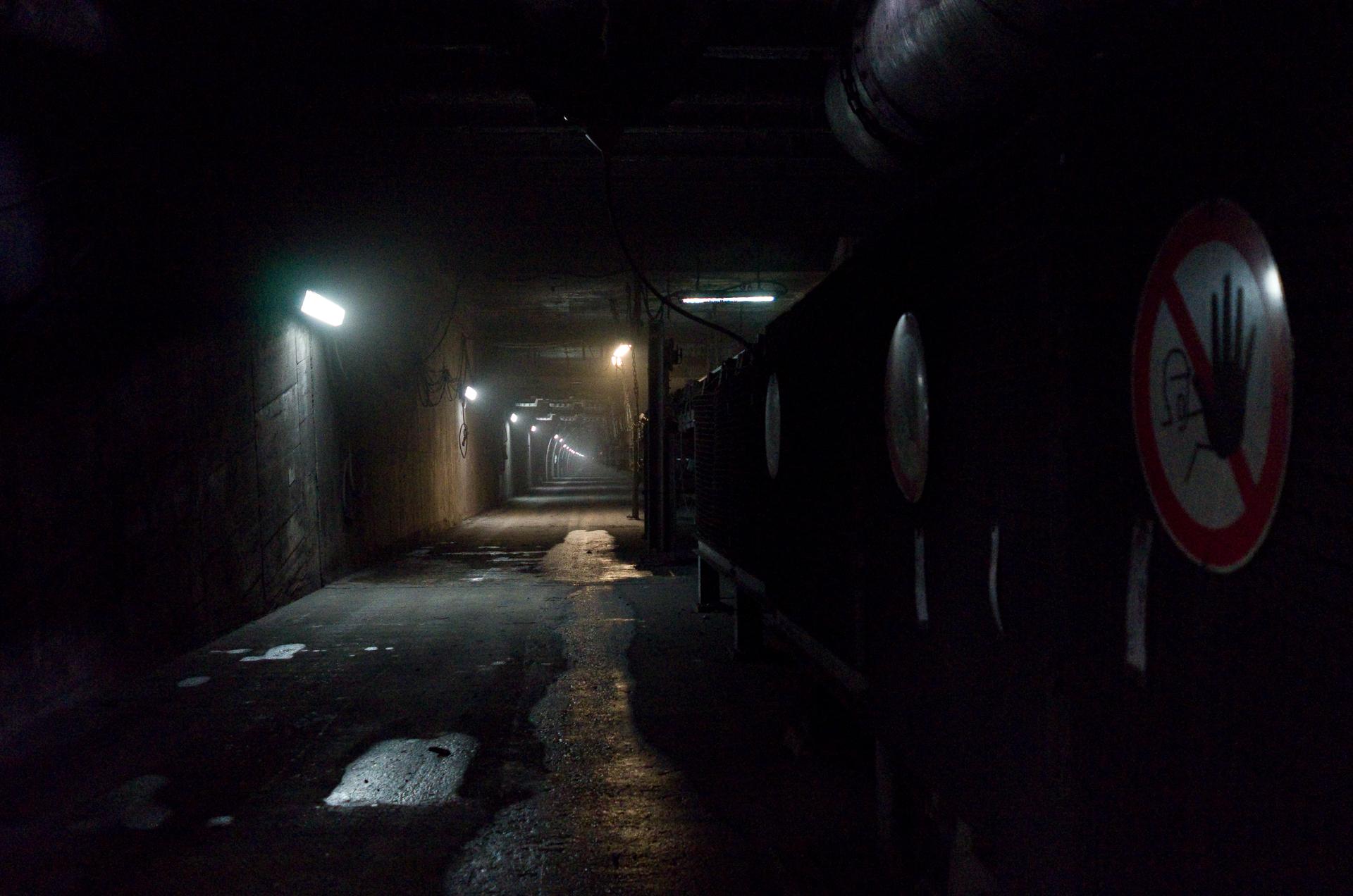
He and a team of researchers have worked up a plan to turn the mine into a pumped energy storage system that could generate 200 megawatts of power, enough for almost half a million homes. Water would be pumped through a closed system of pipes from 2,000 feet below ground level up to the surface and fall back down again on demand, regenerating 85 percent of the renewable energy used to pump the water up in the first place — energy that would otherwise be wasted.
But its storage benefits are only part of its appeal.
Niemann, who grew up in a coal-mining family in the coal city of Ibbenbueren, says it would be a powerful symbol that as Germany transforms its energy landscape, coal regions won’t be left behind.
“I like this idea of a post-mining landscape, with aspects of sustainable development — giving something back to the nature, giving something back to the people,” he says. “Let’s keep the tradition … alive.”
Related:Germany talks a good game on climate, but it’s still stuck on coal
Germany has recycled coal mines before. In the city of Bochum, warm water circulating through an old mine heats two schools and a fire station. Another German mine, Zollverein, is now a UNESCO World Heritage site, hosting restaurants, galleries and a coal mining museum.
But no one has ever turned a retired coal mine into a pumped storage system, in part because of the cost and complexity of surveying mines that are no longer maintained. Niemann has been consulting with engineers and governments around the world who want to try to turn their retired coal mines into energy storage systems too. Prosper-Haniel is a unique opportunity, Niemann says, because the mine is still operating and its engineering reports are current. But it would still cost roughly $700 million to make Niemann’s project happen, and so far, no energy company has signed on for the investment.
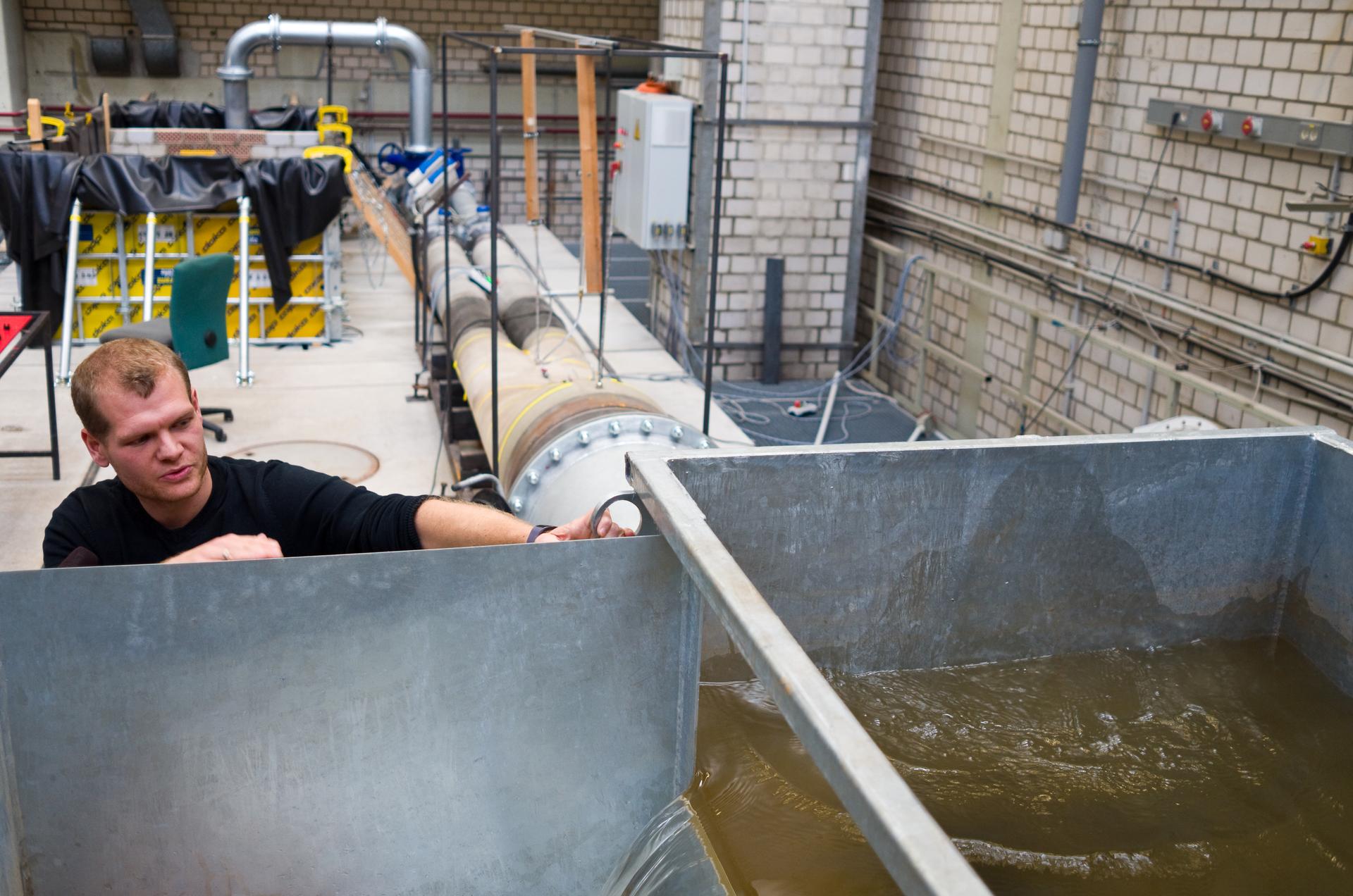
Niemann is hoping the government will step in before Prosper-Haniel shuts down next year and the window of opportunity closes. A decision is expected on funding in 2018.
Part 2: In Bottrop, black gives way to green. Sort of.
Coal mine closings in the US and other countries are often followed by bad news about unemployment, lost pensions and health care. For coal miners in Germany, the future actually looks pretty bright, thanks to a plan 50 years in the making. For Ernst Mueller, a Prosper-Haniel machine technician, it’s looking sunny too. When his job at the mine ends, he’s thinking about relocating to live off of his pension on the Mediterranean resort island of Mallorca.
“The mine did their duty — that’s the way I see it — for me for 35 years and for the others too,” he says. “So when it’s over, it’s over.”
If this sounds a little different from what you’re used to hearing about coal mines closing, well, it is. And the reason goes back decades.

Germany’s hard coal mines fed the steel mills and power plants that rebuilt the country after World War II. But the industry peaked in the 1950s, and it’s been declining ever since, from a one-two punch of high costs and falling demand. Fifty years ago, unprofitable mines were already closing. Mass layoffs sent thousands of workers to the streets to protest, and the government feared the region’s economic and social collapse.
So, the government stepped in to consolidate the mining industry into one company, Ruhrkohle AG (RAG), whose purpose would be to downsize, carefully. Since then, RAG has closed more than 100 mines, in what both sides call a “socially conscious” way.
RAG spokesperson Christof Beike says the process over the last 50 years “was not always perfect. But it was much better than in other regions — in England, in France or in Pittsburgh, Pennsylvania.”
Today, there’s a stark contrast between the demise of German coal mining and in other coal regions. In 2016, coal mines in the US laid off thousands of workers. When Prosper-Haniel closes next year, it won’t lay off anyone.
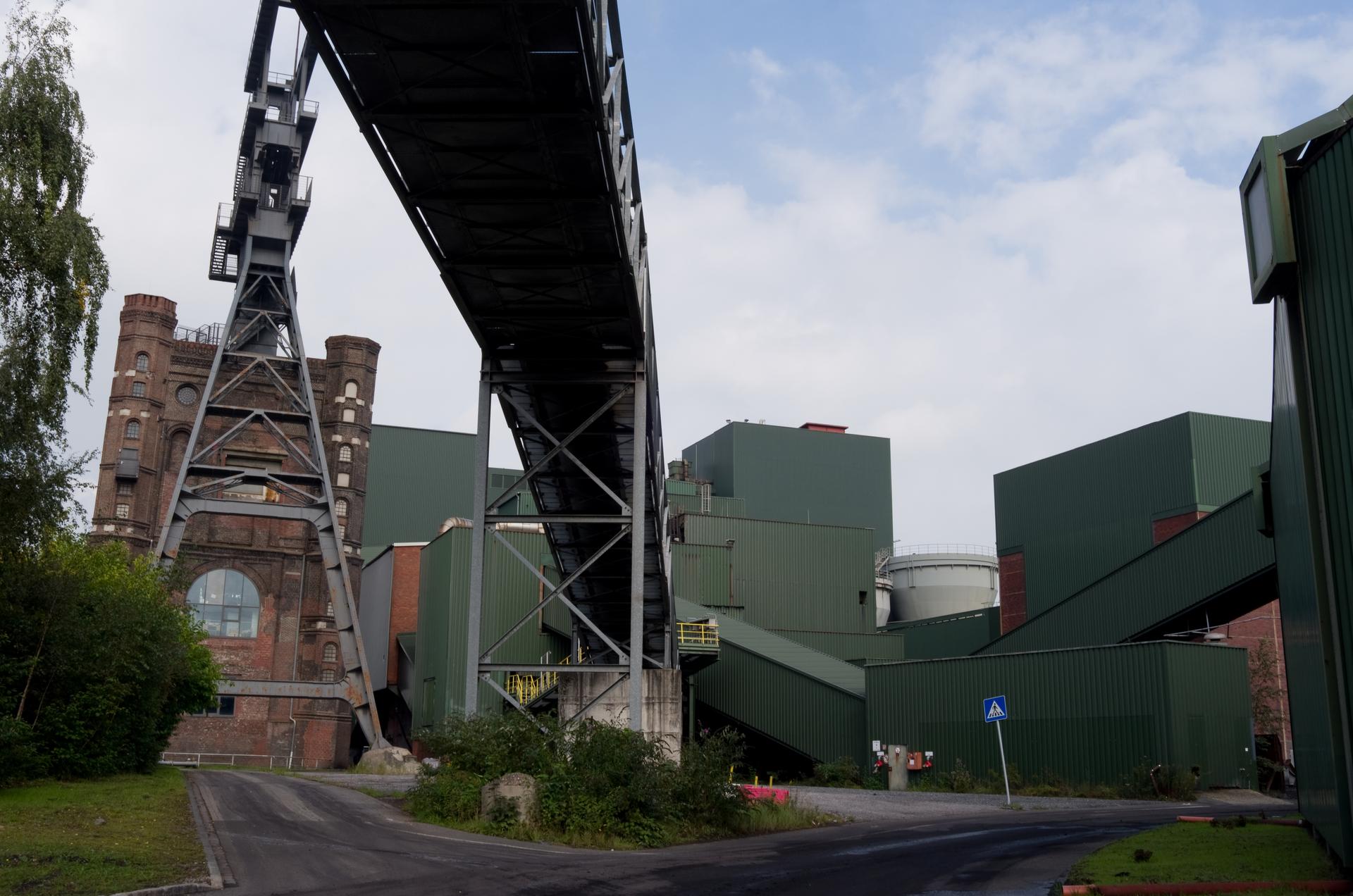
Over coffee in his workshop on the Prosper-Haniel lot, Mueller explains the deal offered to him and every other mine worker in 2007, when the German government moved to end the subsidies that kept Germany’s hard coal mines afloat and Prosper-Haniel’s parent company, RAG, announced plans to close the mine by the end of 2018.
Underground workers over 50, and above-ground workers over 55, like Mueller, can retire early, paid by a company fund, as long as they have 20 years on the job. About 400 of their younger co-workers can stay on to maintain the mine area after it closes. The rest get job placement and training. Beike says RAG promises to find every worker a new job.
Finding workers new jobs may be easier in western Germany’s coal country than in the US. The Ruhr Valley is an urban area, Europe’s third-largest metropolitan region, and it has been working on its post-coal economy for 50 years. Mueller says his former co-workers at Prosper-Haniel have moved on to good jobs in other industries including energy, logistics and retail. They’re happy, he says.
Part 3: Can a symbol of the fossil fuel age help ease the transition to renewables?
This may be the end of hard coal mining in Germany, but it’s far from the end of coal. Despite its climate-conscious credentials, Germany still mines more lignite, or brown coal, than any country in the world, and it still imports hard coal from other countries. It uses both kinds to generate 40 percent of its electricity. But it’s under increasing pressure to phase out coal completely to meet its climate goals, a move that would cost thousands more coal-related jobs.
And when mines close, it’s not only mine workers who are affected. Shutdowns can ripple through whole communities, taking down businesses down the mine’s supply chain all the way to local bakeries — and for those businesses, there’s no early retirement plan.
The former mining city of Gelsenkirchen is the poorest city in Germany. In the three-city region that includes Gelsenkirchen and Bottrop, unemployment rates come in at 11 percent — twice the national average. And so efforts are underway to craft a sunny future not just for miners, but for the communities affected by the mine closings.
Few cities could use it more than Bottrop. Prosper-Haniel has defined the landscape here for 150 years. Even its town landmark, the Tetrahedron, is a giant slag heap topped with a pyramid of steel. Prosper-Haniel was Bottrop’s main employer, its main source for job training, its sponsor for sports teams, concerts, cultural events — the foundation of its economy and its identity. Now, as Prosper-Haniel prepares to close, Bottrop needs a new one. And it has found one in the Energiewende.
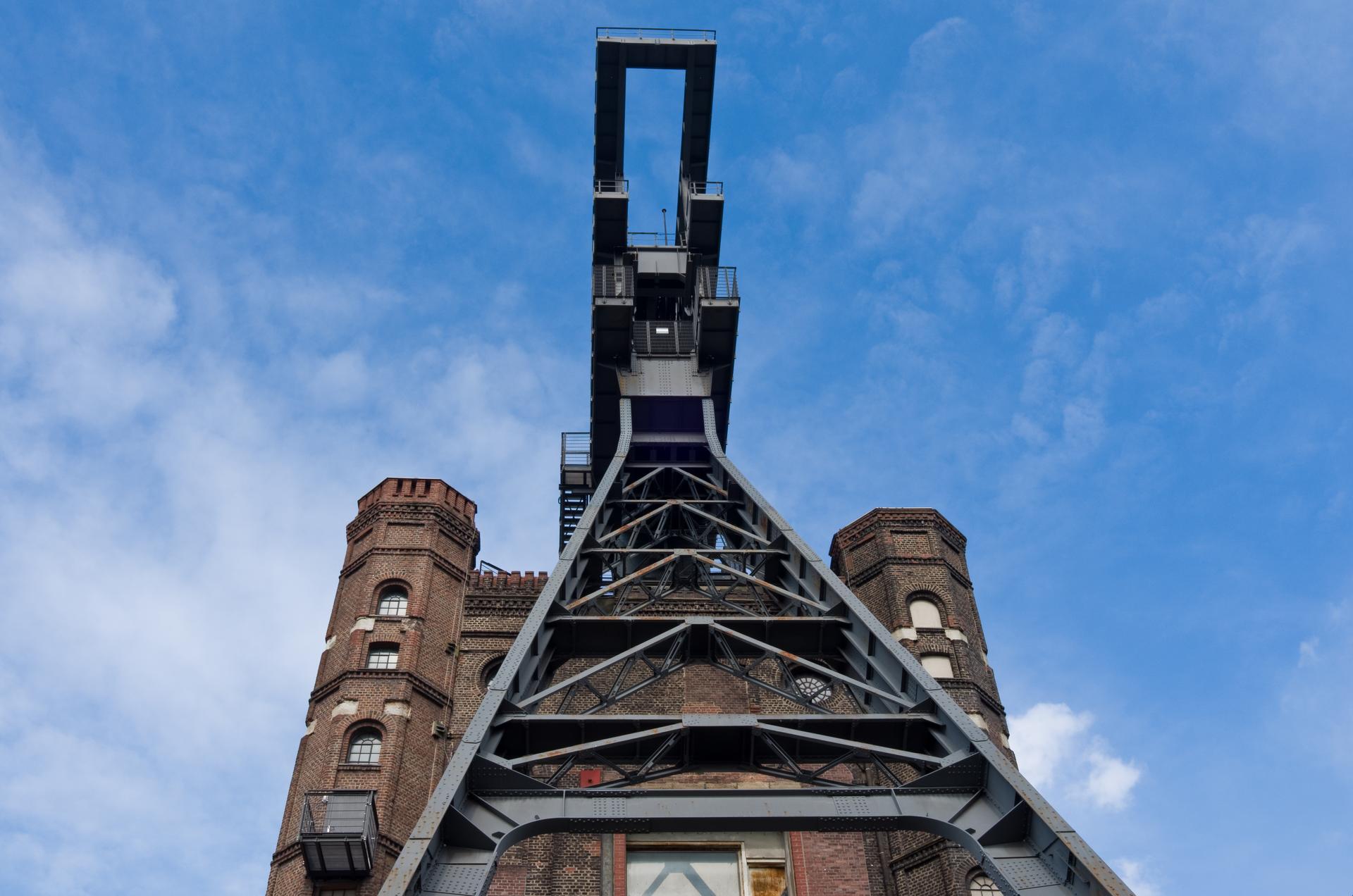
“We thought it was a good idea for the city that has an image of the old energy to actually become a city of new energy,” says Dorothee Lauter, a city official charged with overseeing programs for Bottrop’s future development.
Back in 2010, amidst what Lauter calls a regional “depression” over the mine closing, Bottrop won backing from a regional business group to sponsor the city as its first “Innovation City.” Over a span of several years, part of town got an energy makeover: Old houses got new insulation. School bus stops got LED lights. The federal government and the state of North Rhine-Westphalia came up with 90 million euros in financing, and private investors contributed 200 million more.
Today, the result is a Bottrop that few of the city’s coal-mining forefathers could have imagined. Downtown is paved with special bricks that absorb air pollution. Solar-equipped houses pump energy into the grid. There are plans for electric buses, even a wind-powered sewage plant.
Bottrop says CO2 emissions are down by more than a third since the project began. The city’s clean energy update has since become a model for 20 more cities, and was included as part of clean energy showcase put on for climate delegates visiting for the November 2017 UN climate conference.
The new Bottrop is winning fans, even among the old Bottrop’s biggest boosters. Klaus Kollassa mined coal at Prosper-Haniel for his entire adult life before taking early retirement under a downsizing plan. He describes himself as “all for coal” and even put on his old miner’s helmet for a photo.
But he says he likes what Bottrop is doing to shed its coal-mining past and go green. “They’re on top of it,” he says. A few years back, he won a new, energy-efficient heating system in a city contest to replace old heaters, and he shows it off in the basement of his brick house down the street from the mine.
He gets that coal is history, but he says the mine will be missed. It gave people jobs, he says.
So far, the new, green Bottrop hasn’t. Economic development has so far focused on a handful of tourism businesses, not the futuristic green tech jobs Bottrop envisions. Five years into the Innovation City project, it had created the equivalent of only 300 new jobs; Bottrop needs thousands. Without better economic prospects, it will be harder to tackle the city’s other problems, like poverty, crime and social unrest.
Lauter admits jobs for the next generation “will be a huge challenge.”
“The challenge is that the jobs are gone. So you have 2,500 jobs and the young people that used to go into these jobs can’t go into these jobs anymore,” she says.
The hope is, eventually, green business will pick up where coal left off. To prepare, the region has opened a new technical college in Bottrop to train the next generation of workers — not in coal, but in fields like green tech, water management and electro-mobility.
Bottrop may still have some way to go before its abilities match its ambitions. But it’s on its way. It’s won Europe-wide sustainability awards three years in a row, and next year, it’s going to the finals in a national sustainable development contest. The prize would be millions in public money — to plow back into remaking this old coal city for Germany’s greener future.
Related: Britain built an empire out of coal. Now it’s giving it up. Why can’t the US?
